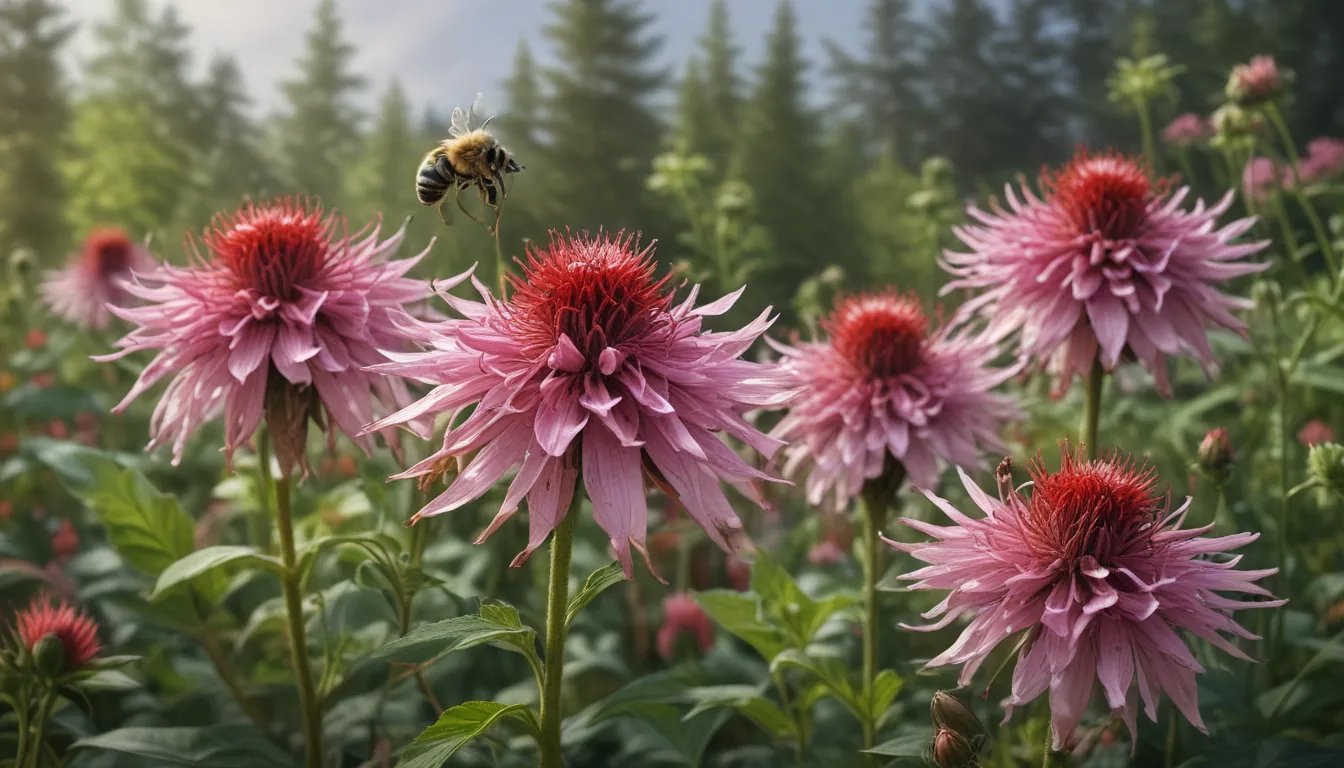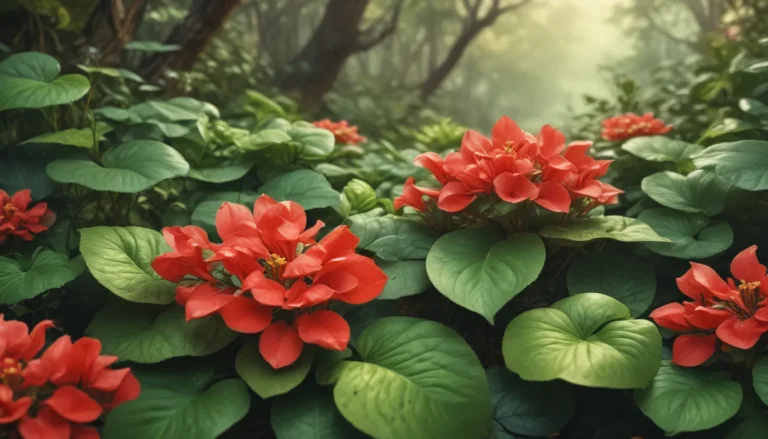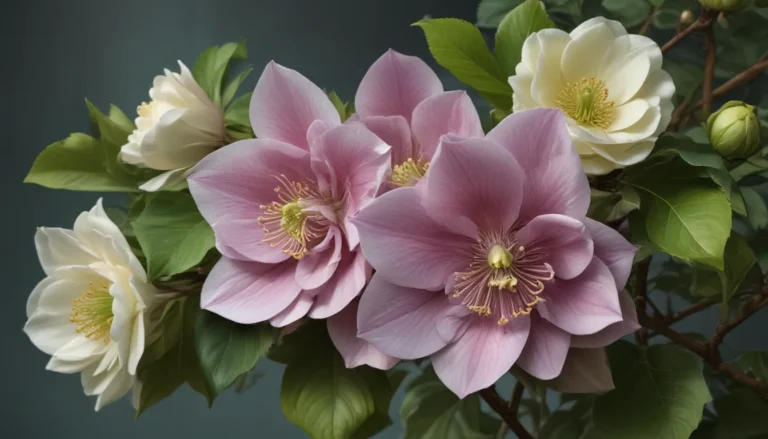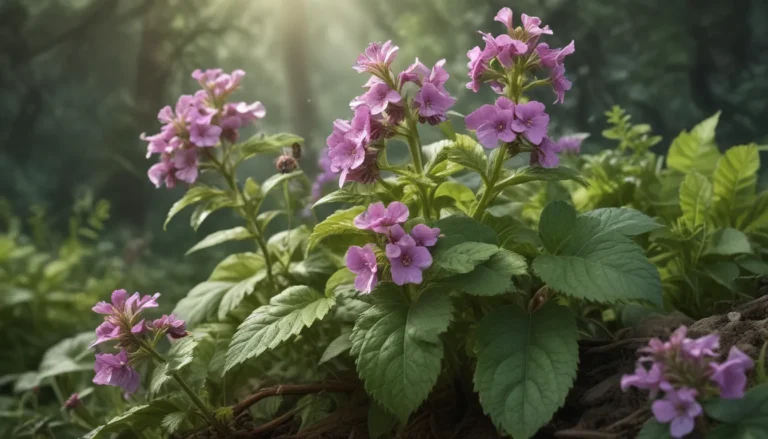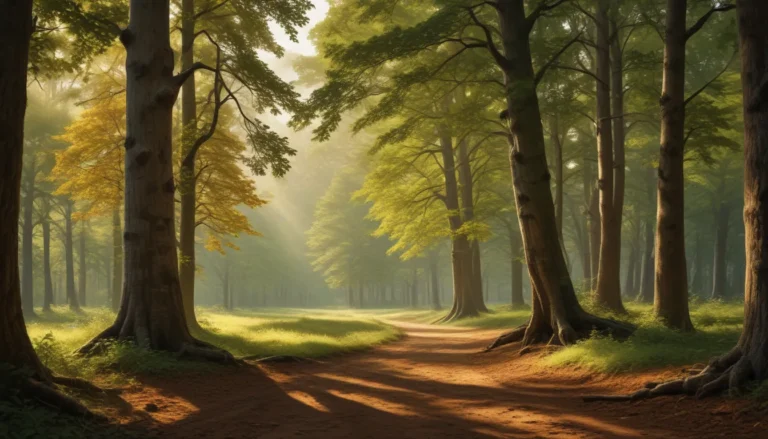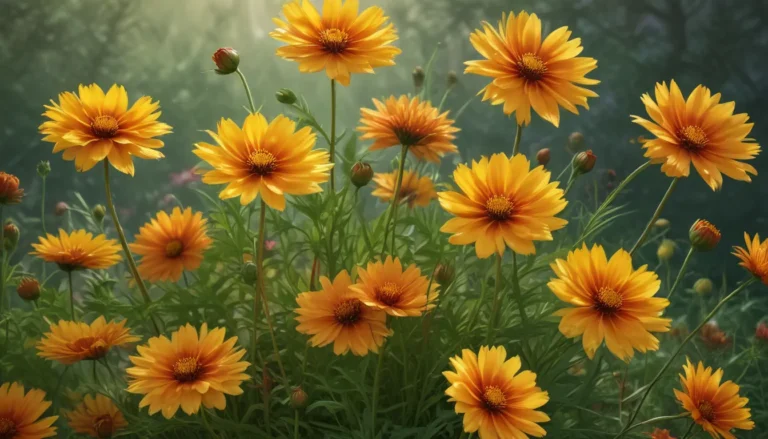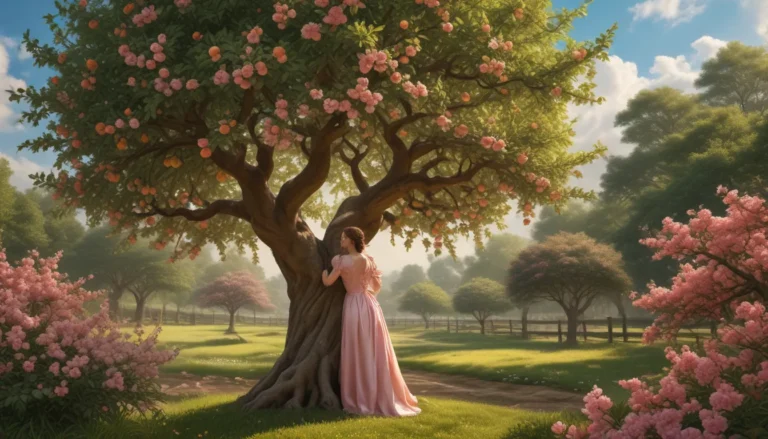The pictures we use in our articles might not show exactly what the words say. We choose these pictures to make you interested in reading more. The pictures work together with the words but don’t take their place. The words still tell you the important facts.
Are you seeking to enhance your garden's beauty while supporting local pollinators? Look no further than bee balm, also known as Monarda, a fascinating plant with a rich history and a myriad of valuable properties. In this comprehensive guide, we will delve into the world of bee balm and explore its uniqueness and significance. From its historical uses to its medicinal properties, bee balm is truly a plant worth knowing about. Let's embark on a journey to discover the wonders of this remarkable plant!
The Allure of Bee Balm
Bee balm is a stunning perennial plant native to North America that captivates gardeners with its vibrant colors and delightful fragrance. It is a favorite among pollinators, especially bees and butterflies, due to its nectar-rich flowers that serve as a buffet for these essential creatures. Additionally, bee balm has a long history of medicinal use, with Native Americans utilizing it to treat various ailments such as colds, fevers, and stomachaches. The leaves of bee balm can be dried and steeped to create a flavorful herbal tea enjoyed for its soothing properties and refreshing taste.
A Closer Look at Bee Balm
- Member of the Mint Family: Bee balm belongs to the mint family, exhibiting square stems and releasing a lovely minty fragrance when the leaves are crushed.
- Color Variety: This plant comes in a range of flashy colors, from vibrant reds and pinks to subtle purples and whites, providing versatility in garden design.
- Adaptability: Bee balm is a hardy plant that can thrive in various growing conditions, including full sun or partial shade, well-drained soil, or even clay soil.
- Deer Resistance: Not only is bee balm beautiful, but it is also deer resistant, making it an ideal choice for gardeners dealing with deer browsing issues.
- Citrusy Scent: When brushed against, the leaves of bee balm emit a delightful citrusy aroma that lingers in the air.
Exploring Bee Balm’s Uses
- Natural Dye: The vibrant petals of bee balm can be used to create natural dyes in shades of pink, red, and purple, offering a sustainable alternative to synthetic dyes.
- Medicinal Properties: Bee balm has a diverse range of medicinal uses, including alleviating digestive issues, reducing fevers, and soothing sore throats.
Fascinating Facts About Bee Balm
- Scientific Tribute: The scientific name of bee balm, Monarda, pays homage to Nicolás Monardes, a Spanish physician and botanist renowned for his work on herbal medicine.
- Propagation: Bee balm can be propagated through division or seeds, providing a fun and rewarding way to expand your collection of these beautiful flowers.
Conclusion: Embracing the Beauty of Bee Balm
In conclusion, bee balm, also known as Monarda, is a fascinating plant that offers beauty, biodiversity, and a myriad of beneficial properties. Whether you are looking to attract pollinators to your garden or explore natural remedies, bee balm is a valuable addition. Its vibrant flowers and aromatic leaves have captured the hearts of gardeners and herbal enthusiasts alike. Consider adding bee balm to your garden to experience the wonders it has to offer.
Frequently Asked Questions
- Can bee balm be grown in containers?
-
Absolutely! Bee balm is well-suited for container gardening, requiring proper drainage, sunlight, and water for optimal growth.
-
How often should I water my bee balm plant?
-
Bee balm prefers moist soil, so water regularly but avoid overwatering to prevent root rot.
-
How tall does bee balm typically grow?
-
Bee balm can vary in height, with most types reaching 2 to 4 feet tall.
-
Can bee balm be used for herbal remedies?
-
Yes, bee balm has a history of medicinal use and can alleviate various ailments.
-
How do I propagate bee balm?
-
Propagate bee balm through division or stem cuttings.
-
Does bee balm attract bees and butterflies?
-
Absolutely! Bee balm is a magnet for bees, butterflies, and hummingbirds.
-
Can bee balm be grown in different climate zones?
-
Yes, bee balm is adaptable to a wide range of climate zones.
-
How long does bee balm bloom?
-
Bee balm typically blooms for several weeks from mid-summer to early fall.
-
Can bee balm be used in cooking?
-
Yes, bee balm leaves and flowers have a unique flavor and can be used in various culinary creations.
-
Does bee balm require special care?
- Bee balm is relatively low maintenance but susceptible to powdery mildew, so provide adequate air circulation and choose resistant varieties.
Embrace the Beauty of Bee Balm
We hope this guide has provided you with valuable insights into the world of bee balm. This remarkable plant offers beauty, biodiversity, and a touch of history to any garden. From attracting pollinators to exploring natural remedies, bee balm is a versatile and rewarding addition to your outdoor space. So, plant some bee balm, sit back, and enjoy the vibrant blooms and delightful fragrance that this plant brings to your garden.
